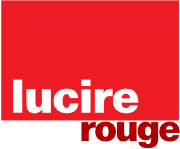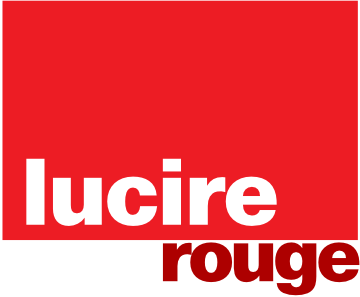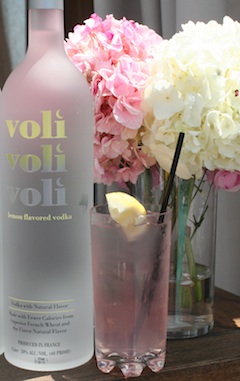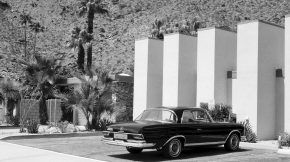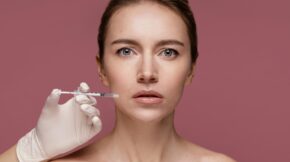Studio Sashiko: the fine strokes of restorative tattooing
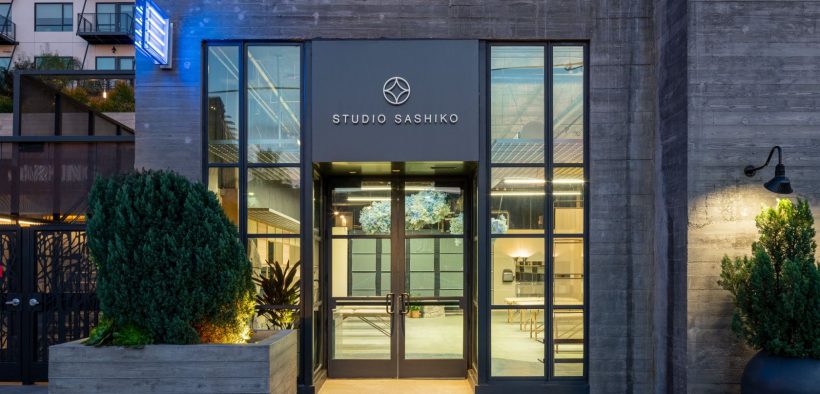
If you’re not familiar with microblading, it may sound intimidating, especially as it is a form of tattooing, involves sharp instruments, and requires skilled artisans trained to use them. However, microblading is a modern marvel in the æsthetic procedure universe that has made going “under the knife” for beauty’s sake safer and more painless than ever. As it is becoming an increasingly available and more widely accepted way to define one’s eyebrows on a more permanent basis, there are many practitioners to choose from.
Of course, taking that leap of faith to alter your looks is an investment beyond the monetary expense. Therefore, you have to treat finding the right practitioner as you would with anybody you are buying services from, whether it is a cutter, colourist, æsthetic surgeon or, yes, a traditional tattoo artist. You’re going to need to see a portfolio, and do research to find out what the word of mouth is on a salon or several salons is before booking.
Vancouver-based Shaughnessy and Kyle Otsuji, who began their respective careers as traditional tattoo artists, recognize this reality thoroughly: tattooing is a commitment, regardless of whether the results involve a dramatic work of art or subtle colour and shaping to make a client look like herself—only more so. While they have been creating natural “hyper-real” results at their Vancouver Studio Sashiko salon since 2015, they started making their mark Stateside in October 2021 at their new location in the downtown Los Angeles Arts’ District.
Although the æsthetic tattooing industry is relatively new, it presented the couple with an opportunity to expand their clientèle, especially as emphasizing more natural-looking results involves the same painstaking attention to detail as well as a healthy measure of compassion and sensitivity. Other services include areola tattooing for breast cancer survivors, hairline procedures for men, permanent lip tinting, and several brow procedures like microblading, nano-blading, brow laminating, powder brows, brow lamination, and more.
‘While attending art university, I began working in a traditional tattoo studio as a front desk staff member,’ recalls Shaughnessy. ‘I was eventually promoted to the studio manager position but always had a desire for tattooing. We received a few requests for permanent make-up services at the studio, and I noticed there was a lack of cosmetic tattoo artists who offered realistic permanent make-up in Vancouver at the time. I decided to train in cosmetic tattooing, thinking it could be something I offered on the side of my management job. I started offering microblading at the studio, and I quickly became very booked up!’
In addition to working with clients looking for small improvements via permanent make-up and microblading, Shaughnessy was booked by clients who experienced hair loss through alopecia, chemotherapy, or hair-pulling disorders, From there, she saw a greater potential to expand the business into something that could be outright life-changing and faith-restoring. She dedicated herself to pursuing this passion on a larger scale with Kyle, and expanding the menu to include restoration of natural features for those who had lost them.
After Shaughnessy perfected a pair of A-list brows in a private room, we caught up with the sharp couple to discuss details on making their imprint in the US, starting with Los Angeles and striking beyond a celebrity clientèle.
Lucire Rouge: What inspired you to open your second location in Los Angeles? What it your celebrity following or something else?
Kyle Otsuji: We picked LA because it is close to home–a two-and-a-half-hour flight from Vancouver. We wanted a central location to break into the US market, especially because so many of our clients are from Portland, Seattle, Phoenix, and major cities around California and New York. It was a natural decision as some of our existing US clients are not able to travel to Vancouver because they are having a hard time getting their passports renewed as a result of the COVID-19 travel slowdown, or have other issues that do not allow them to cross international borders. Also, as Shaughnessy has family in Big Bear, we had been coming out to LA for so long that the city feels like a second home for us.
What’s been most satisfying about developing and innovating your own exclusive offerings? How does it allow you to better serve your clients?
Shaughnessy Otsuji: Being able to restore a sense of confidence and normalcy for my clients is the ultimate satisfaction. I strive to create the most realistic looking tattoos with each appointment I do. This type of work is so rewarding and allows me to use my creativity for good and help those in need. Just a two-hour-long tattoo session with me could result in a lifetime of happiness for my clients. Our roster of artists grew quite fast as the need for natural-looking cosmetic tattoos was becoming much more popular. After running our studio for a few years, I wanted to explore the option of offering areola restorative tattoos to those who had undergone mastectomies and chest reconstruction. I worked one-on-one with my trainer to perfect my skills working with scarred and compromised skin, and fell even more in love with my job.
With so many salons, spas, and beauty destinations in LA that are household names elsewhere, were you daunted in any way?
Kyle Otsuji: With a client base from the US as well as a following on social media, it made sense to open a US location allowing existing customers from the States to come into a shop closer to home with less significant travel expenses. As others notice we now have a US location, not only will our existing customer base come, but word of mouth will bring in new clients as well. This is so important because new customers who trust their friends who have worked with us can trust us, and they don’t have to do as much research to know what we’re about.
What led you to pick a location in this particular LA neighbourhood?
Kyle Otsuji: We have been looking for a space for nearly two years before picking this spot. We looked at places along Melrose, La Brea Boulevard, and other trendy areas, but none of them had the vibe we were going for. When we discovered there were openings in the Arts’ District, we fell in love with it because it reminded us of Gastown, an area where we used to live in Vancouver. Both places are rough around the edges (in an industrial way) but very much up-and-coming with many nice stores, edgy restaurants like LA’s Bevel and Bestia, and high-end boutique hotels similar to the Opus in Gastown. As our whole life before expanding revolved around Gastown, coming to the Arts’ District made us feel right at home with so many small, upscale businesses rising out of former industrial spaces. Affordability was also a factor, and this area in comparison to others in LA was still affordable in terms of getting a larger space.
What makes your approach different from competing cosmetic tattoo operations?
Kyle Otsuji: We have been in this business for quite a while, about 10 years, which is a long time when you consider how new this industry still is. Our approach is about hyper-realism, and making people look like more polished versions of themselves. Prospective clients have commented on how natural our results are, whether it is creating a more youthful look for brows, restoring an areola, adding freckles, and that sort of thing. We focus on giving people back their youthful, natural appearance, instead of having the tattoos to look like make-up. When the tattoo is healed, you can apply additional make-up for that dramatic date night look on a Saturday, and then hit the superstore and your errands the next day without looking like you are wearing last night’s make-up.
After you build up a strong Los Angeles-area following, do you have other cities in mind for future locations?
Kyle Otsuji: We would naturally like to open up a location on the east coast in a city like New York or Toronto, which would make it possible to have the west and east coasts covered—all of North America. Should we do well in LA and demand keeps growing.
How did you and Shaughnessy get into the cosmetic tattoo industry?
Kyle Otsuji: Customers at Shaughnessy’s former shop in Vancouver would ask her about the possibility of getting cosmetic tattooing. From there, she recognized a gap in the market and looked into it, taking courses, and jumped in. At the time, she had a following of 20,000 on Instagram. With so many eyes on her work, she realized that there were ways to accomplish a natural look with tattooing that prevented the result of brows that were solid and black like some older women had. When she saw what could be accomplished with the new techniques of microblading, it was a desirable service.
As you are both of Japanese heritage, how do you address the subject of tattooing being taboo in Japan if somebody asks about it?
Kyle Otsuji: When we devised our original business, we wanted to create something that represented us, our tastes, and our approach to cosmetic tattooing. Sashiko, which translates into English as little stabs, is a type of stitch used in repairing clothing, and when we realized this, it was our ‘a-ha’ moment. Stitches can make things more beautiful, and more enduring.

What inspired Sashiko Studio’s interior design in Los Angeles, and will these aesthetic ideas follow suit in future locations?
Kyle Otsuji: The design æsthetic of the studio (created by Vancouver design firm called Studio Roslyn) mixes Japanese design elements with mid-century modern. This firm did the interiors of restaurants back home, and we loved that they design retail spaces outside of the box. Now that we’ve signed them on, I would like future stores to be unique to their geography but be cohesive in terms of our branding. We believe in the idea that brows are sisters but not identical twins, and we don’t want any future stores to be carbon copies of ones currently open.
Tell us more about areola tattooing as part of the breast cancer healing process.
Kyle Otsuji: Areola tattooing as part of a reconstructive breast procedure where women who have their breasts reconstructed after surgery can have the areola added to replace tissue that was lost. This is an exciting procedure because it represents the final step for the client on her breast cancer recovery journey once their breast reconstruction surgery is fully healed. While many clients are nervous when they first come in, once they leave that room a weight is lifted off their shoulders and they are happy because they can close that chapter on that part of their lives. They feel more complete and more back to their old selves.
How do breast cancer survivors find you if they don’t live in LA or Vancouver?
Kyle Otsuji: Referrals from surgeons across the country. Doctors who perform these amazing surgeries will see examples of Shaughnessy’s work. Based on photos, will recommend us to their patients. Just like traditional tattoo artists, we have an artists’ portfolio which can be seen on our site and the shop, enabling people to see if something moves them to change their look, or read about members of the team to choose somebody they feel an affinity with.
Are there any anecdotes about clients whose lives you touched? How did they move you?
Shaughnessy Otsuji: It’s hard to choose just one client interaction, as each one moves me. I have been lucky enough to meet and work with some incredible people, and hearing their stories allows me to stay grounded and humble. I recall having multiple clients mention that they no longer feel uncomfortable in front of their partners or in the changing room at the gym after receiving areola tattooing from me. One of my clients wrote me a poem about the restored confidence she experienced while another client included me in a book she wrote about her cancer journey. It is such an honour to be included in the final part of their journeys and it assures me that I am on the right career path.
Tell us about some of your other services.
Kyle Otsuji: Jody Miller, your colleague, is doing brow lamination, which is a perm for the brows that semi-permanently makes the brows appear fuller rather than applying products on a daily basis. It lasts one to two months, and can be used alongside microblading and nanoblading, which uses a machine and smaller needle, [and] powder blading (which creates a soft, made-up look). What you choose will depend on your skin type, age, lifestyle, and if you are replacing lost brows due to alopecia or cancer. For male clients, scalp micropigmentation is the process of placing tattoo dots on the head to make his scalp appear fuller and darker. As hair transplants are expensive and really don’t work on a lot of men, this presents a new alternative so men look as if they shaved their head by choice rather than accepting monk-like male pattern baldness.
What advice would you offer others in the microblading field to help build their business and cultivate strong bonds with clients?
Shaughnessy Otsuji: Never stop learning! There is so much to know and master in this industry, as techniques and products are always changing, and there is always an opportunity to level up our skills. Your clients will acknowledge and appreciate the passion you have for your work as it shows when you continue evolving your skill set. Be kind and understanding as something that may seem like work to you may be absolutely life-changing for your client. Allow them the time to share their story if they choose to or help ease their nerves as they embark on a new tattoo.

The kindest cuts: a day at Sashiko Studio, downtown Los Angeles
The vetting process for populating the Sashiko Studio team goes beyond hiring experienced microblading artists. Those selected not only bring the Otsujis’ techniques into their existing repertoire, but also make a greater commitment to the couple’s vision. Those who made the cut for the new LA space includes Jessie Barber, who had her own studio in Chicago but decided to expand the scope of her craft by learning about the fine points of the Otsujis’ philosophy.
At the start of our session, she notes that as people age, their brows will thin out much as their hair thickness, lashes, and hairline may. However, one mistake on an area as small as the brows can throw off the very thing framing the face. This is why on the day of my appointment, Jessie re-assesses me to make sure the basic microblading procedure, as described on the menu, is the best fit in terms of my brow “goals”: filling the tiny “bald” spots in to make my face look younger without it appearing as if I was trying too hard.
‘[The basic] microblading is a good starting point for most people, as it is just tattooed hair strokes to fill faded areas,’ Jessie says. ‘It’s designed to mimic the brows natural growth pattern to look the most natural.’
There’s nothing basic about Jessie’s approach, however. She explains that she starts the process with a dark pencil to fill in the brows to ‘perfect the shape and strokes’ before using the tattoo pen, as well as allow me to approve the look before the real work—those micro “cuts”—is done. After anæsthetic is applied and takes effect, the procedure is less painful than brow tweezing or threading. Quality microblading is a two-step process where the first session advises doing things more conservatively at first, then adding in more strokes to perfect the look in the second session six to eight weeks later. She says clients have to get used to the new look. It’s easier to add than it is to take away, so proceed slowly.
She recommends the second session eight to twelve weeks following the initial appointment, as this time-frame allows the tiny cuts on the brows to fully heal. ‘People come to us for a specific type of approach to microblading that allows most clients to improve and not change their natural look,’ Jessie says. ‘If you’re new to microblading or cosmetic tattooing, the best way to approach it is that you want to take into consideration that your hair growth pattern is a certain way. Therefore, the best service for your brow shape will involve adding strokes in the same direction as your natural curl pattern. This will ensure the brows will keep looking natural over time.’
In terms of maintenance, everything is common sense, from keeping brows away from water and direct sunlight and refraining from using brow colour cosmetics and growth oils in the first several weeks after tattooing. Jessie adds that if you normally use fillers like Xeomin or Botox to even your eyebrows, be careful to wait several weeks after the first and second sessions.
Although some people may consider microblading as an alternative to fillers for evening brows, she advises against it.
‘If we were to tattoo one’s brows in a way that would make it match the shape and look of the other one, we would have to shave the underside, which you don’t want to do, and there will be unnecessary upkeep,’ she points out.
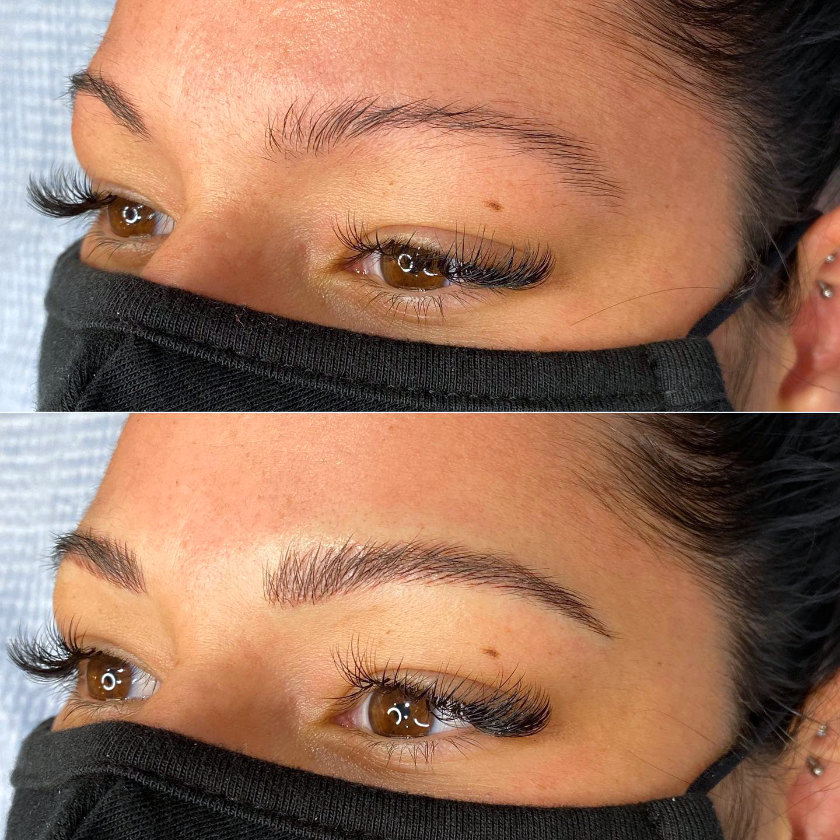
Savanna Dillon/courtesy of Studio Sashiko
For more information, visit studiosashiko.com.
